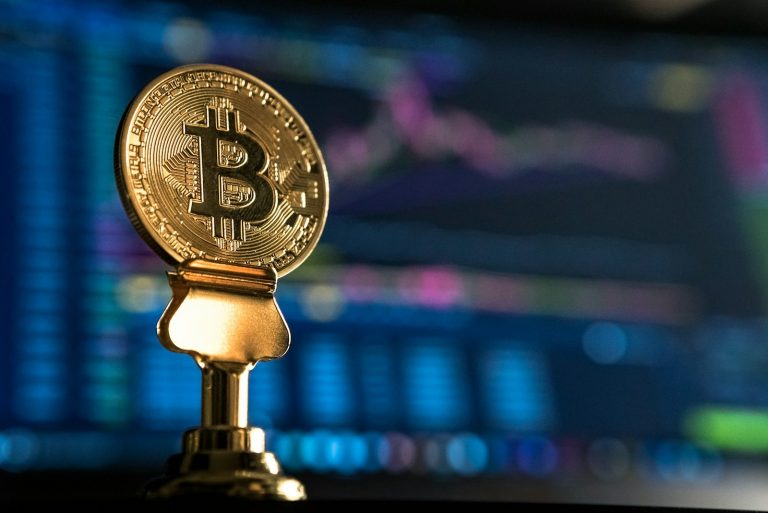In the face of escalating inflation rates, American investors are increasingly turning to Bitcoin and other cryptocurrencies as a form of financial safeguard. Amidst a furor of speculation, cynicism, and anticipation, it appears Bitcoin is coming of age as an unconventional bastion against the hazards of burgeoning inflation – providing a sanctuary in the storm of deteriorating fiat currency values.
Historically, gold has been the go-to asset for those seeking to hedge against inflation. Its tangibility and rarity made it a valid store of value, immune to the whims of fluctuating supply and demand. However, a silent revolution is occurring, led by digital natives unfettered by conventional wisdom. A new breed of investors is sidelining commodities and instead, turn to Bitcoin, the progenitor of cryptocurrencies, as their preferred hedge.
Bitcoin, since its inception, has been touted as ‘digital gold’ – a safe haven asset that offers protection against economic volatility. Despite its roller coaster history, marked by several phases of dramatic run-ups and painful corrections, it has managed to capture the attention of investors, not just for its potential for soaring returns, but as a buffer against inflation.
An analyst at bitcoincasino.us hinted at this trend, citing the increased interest and user activity related to Bitcoin in recent times. While the platform primarily caters to crypto gaming enthusiasts, the rising interaction around Bitcoin justifies market sentiment – Bitcoin is in vogue and not just because it’s digital gold.
The COVID-19 pandemic has been a significant catalyst for this change. As governments around the world began printing money to support their faltering economies, inflation rates started to rise, and faith in traditional financial systems waned. In response, more and more people started converting their money into Bitcoin, the value of which isn’t controlled by any government or financial institution.
In light of this, Bitcoin has demonstrated three qualities critical for an effective hedge against inflation: scarcity, decentralization, and utility. Its artificial scarcity mirrors the rarity of gold, with only 21 million Bitcoins ever to be mined. The decentralized nature removes any risk of dilution, unlike fiat currencies that are vulnerable to governmental monetary policy changes. Lastly, the gradual, yet undeniable, growth in utility as more and more businesses accept Bitcoin as a form of payment.
Furthermore, the mainstream adoption of cryptocurrencies led by financial heavyweights such as PayPal has further validated the potential of Bitcoin as a legitimate form of wealth preservation during uncertain times. If anything, this has instilled a sense of confidence in investors, demonstrating that Bitcoin is not an ephemeral phenomenon, but a significant player in the financial landscape.
However, skepticism persists, with critics citing the unstable nature of Bitcoin’s value as a liability. They continue to argue that Bitcoin, with its propensity for high volatility, is not a safe store of value. Despite these critiques, there is no denying the significant number of investors who have found refuge in this digital asset during these divisive economic times.
With global economies still reeling from pandemic-induced financial shocks, Bitcoin’s role as a hedge against inflation seems poised to only grow. Through these unprecedented times, Bitcoin has emerged as a potential armor, a promising asset that stands firm as traditional financial frameworks quiver under the duress of inflation.
The financial landscape is changing right before our eyes. Gold, the ‘old faithful’, is beginning to feel the heat of Bitcoin’s glowing potential as a hedge against inflation. As we stand on the cusp of a digital financial revolution, only time will tell if this crypto giant will cement its place as the contemporary refuge for investors everywhere.

0 Comments